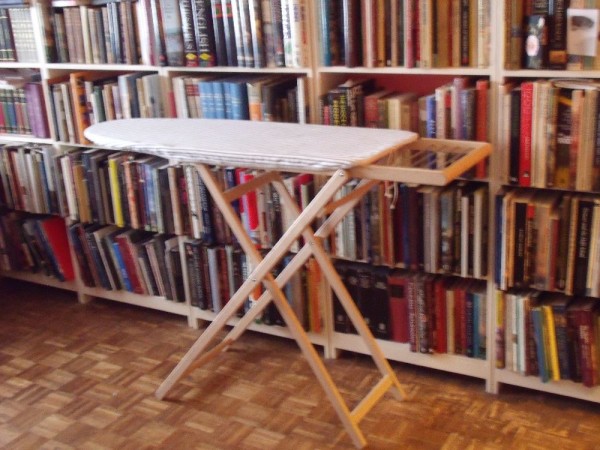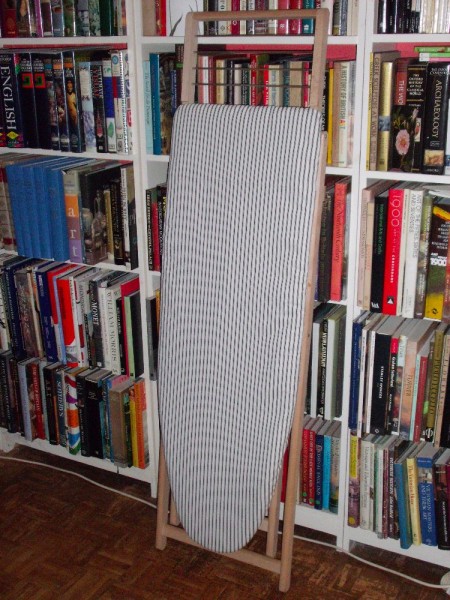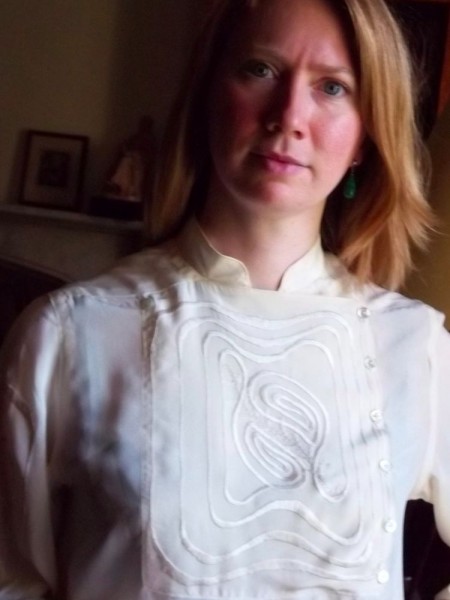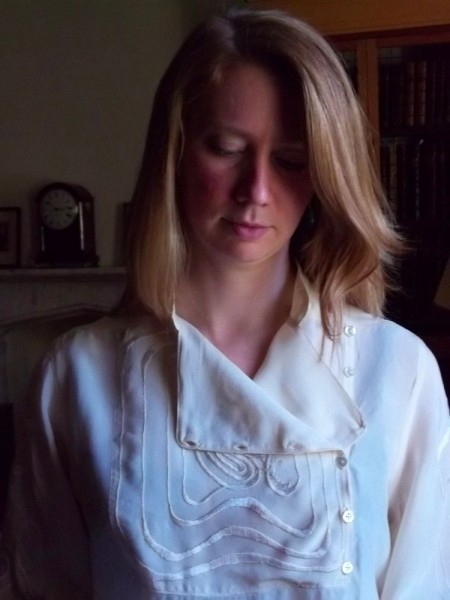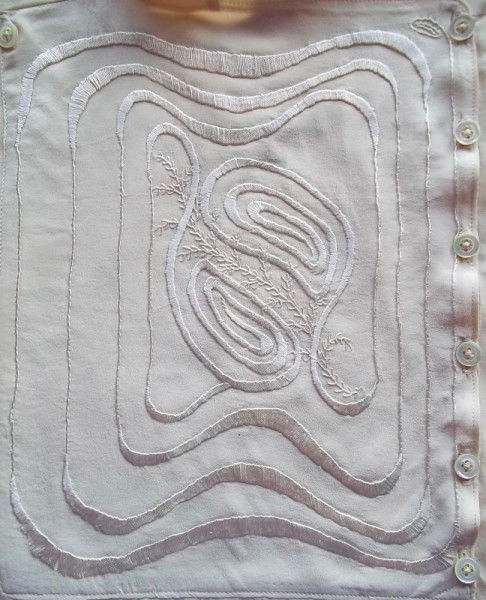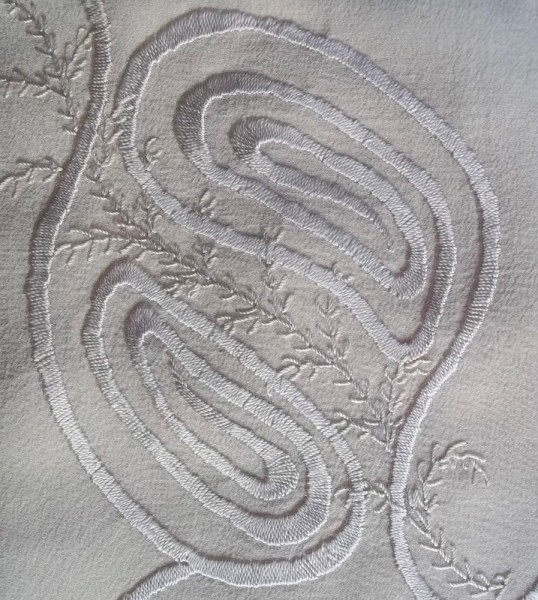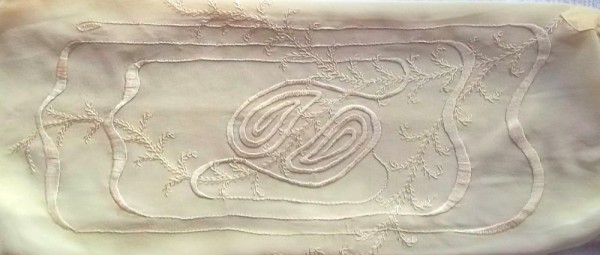An ironing board is one of those domestic necessities that is only ever noticed when it performs badly and recently I’ve had quite enough of squeaky metal ones with uneven feet and mesh tables that leave their diamond pattern on delicate silk. My last ironing board was just about tolerable until one day when the legs parted company from the top in a dramatic and permanent fashion which only a welder’s torch could have fixed – and it was only a couple of years in my possession. Disaster – if you’re given to dramatic posturing and/or if you do a lot of sewing. To assuage my frustration, I fixed my poor husband to a spot in front of me and addressed him with a short peroration on the qualities I required of a domestic ironing board, including a pithy comparison of the merits of the modern metal variety and the old fashioned wooden version. Feeling somewhat better having offloaded my irritation, I proceeded to cover the kitchen table with a towel and get on with my ironing. Minutes later he to whom I had recently addressed my detailed presentation reappeared to say that he had done a bit of instant market research and had come up with a sturdy looking, generously-sized, wooden ironing board, which, although expensive, if it appealed to me, he would order immediately. He did and it has turned out to be the best one I have ever had.
Although a little shy of £100 the ironing board comes without a cover, which suited me as I prefer to make my own. Fortunately, I had a piece of old fashioned ticking from John Lewis (£12 per metre) which I washed before making it up as I knew it would shrink considerably. (If you cut a length a bit longer than the the ironing board, the fabric will end up at least 15 cm /6 inches shorter, so after washing you can cut it more accurately) I then backed this with some wadding (made from man made fibre which I have had for years. I would have used cotton batting left over from quilt lining but the pieces I had weren’t wide enough). Cotton calico, also pre-shrunk, formed the bottom layer of the sandwich. The edge I bound with bias cut fabric (about 6cm/2 1/2 inches wide) and through this I threaded nylon cord. A thing of beauty, the only disadvantage I can see about it is that it is quite heavy. Garden Trading

